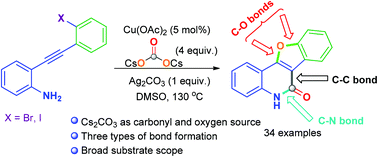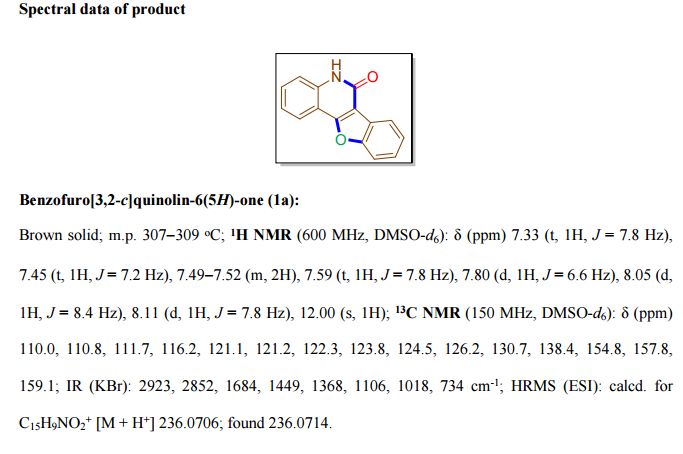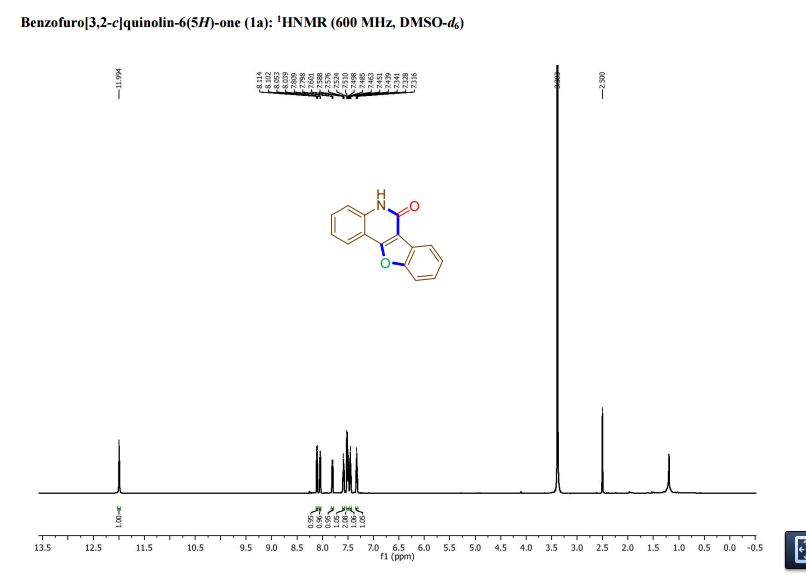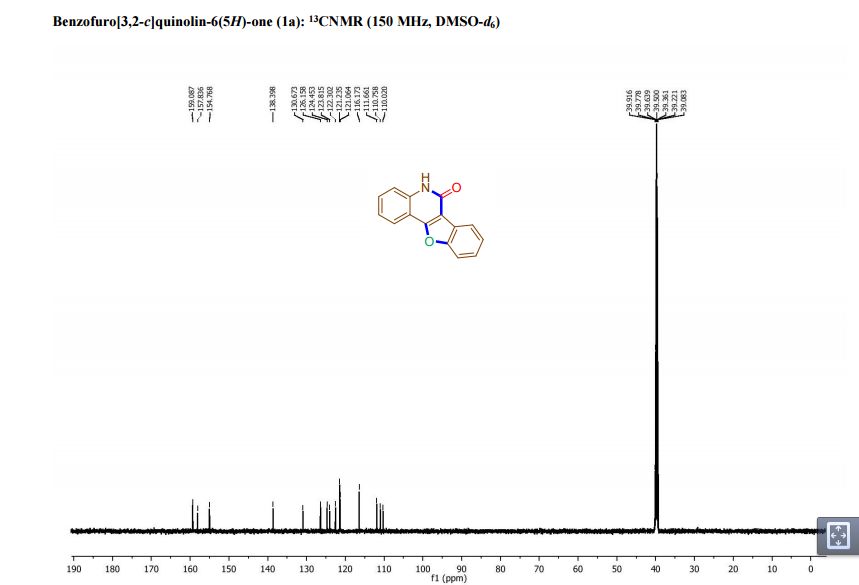 – first described by Itsuno et al. who observed that valinol reacts with 1 mol eq. of borane by producing 1 ml eq. of hydrogen gas and giving rise to the alkoxyborane derivative shown below:
– first described by Itsuno et al. who observed that valinol reacts with 1 mol eq. of borane by producing 1 ml eq. of hydrogen gas and giving rise to the alkoxyborane derivative shown below:

– the aminoalkoxyborane derivatives (A and B) shown below are a result of the reaction of valinol with 2 eq. of borane (producing 2 mol eq. of hydrogen gas)

– the resulting aminoalkoxyborane (A or B) was found to catalyze the enantioselective reduction of PhCOMe
– the optical yield of the reduction was found to depend on the relative amounts of valinol and borane
– maximum optical yeild is reached with a borane-valinol ratio of 2.0
– the optical yeild remains almost constant within the borane-valinol ratio range of 2.0-3.0
– Itsuno et al. observed significantly higher optical yeilds when the hydrogens attached to the carbon atom of the terminal hydroxyl group were replaced by bulky groups, such as phenyls

– in the case of ketones other than aromatic ones optical yeilds were lower

– the optical yeild increases with the increasing difference in the volume of the substituents of the ketone
– an unusual relation between the optical yeild and reaction temperature was observed (studied by Itsuno et al. using methyl-tert-butyl ketone as a test system)
– the catalyst was found to work with more efficiency near 0 °C than at -78 °C
– reductions of functionalized ketones were studied

Other related reductions: (by Itsuno et al.)
– best optical yeilds were observed in the case of halohydrin formation
– the halohydrins were converted to form optically active epoxides without rasemization
– the reduction works best with chlorinated acetophenones
– two years latter Corey et al. developed the ideas of Itsuno et al. further and described a new and better catalyst (an oxazaborolidine derived from diphenylprolinol)

– the oxazaborolidine derived from diphenylprolinol gave better enantioselectivities for arylalkyl ketones than diphenylvalinol based derivatives
– Corey et al. proposed a mechanism for the catalytic reduction



– proline based oxazaborolidines are also known as CBS (Corey,Bakshi,Shibata) catalysts
– the better performance of CBS catalysts, relative to the performance of valinol-based catalysts, was related (by Corey et al.) to the higher angle strain on the partial B=N double bond at the 5,5-ring fusion
– the angle strain disturbs PI-resonance (A) and exposes the lone pair of the nitrogen atom (B) for borane to coordinate
– in THF (needed to stabilize highly polar reactive intermediates) the borane atom is not totally coordinated to the catalyst:
– the bicyclic (CBS) catalyst is capable of binding the borane more tightly than the related monocyclic system
– the more strained the B-N bond, the higher the proportion of catalyst present as a borane complex (ready to operate as a chiral catalyst)
– computational studies on the CBS catalyst indicate that not all atoms adjacent to the borane and nitrogen atoms of the partial B=N bond lie in the same plane (for the related torsion angles at 0 °C/180 °C +/- 22 °C see THA 3,1563(1992))
– similar distortions were not observed with monocyclic oxazaborolidines
– the rigidity of the structure of CBS catalysts would also orient the borane to coordinate selectively on one of the faces of the oxazaborolidine ring
– coordination on the faces would involve:
* an attack on the less hindered side of the ring system (kinetic control)
* the formation of a 5,5,-cis-fused ring system is favoured over that of the highly strained 5,5-trans-fused system (thermodynamic control)


– in the formation of borane adducts of CBS catalysts only one adduct (lowering angle strain) is formed selectively
– other isomers of borane-oxazaborolidine adducts have also been considered, e.g.

– the system containing a hydride-bridged 6-ring was found to be more stable than the other diborane adducts
– the formation of hydride-bridged adducts indicates that the hydrogens of borons “scramble” in a mixture of borane and oxazaborolidine(s)
– this hydrogen – deuterium exchange “scrambling” has been observed experimentally [Tlahuext and Contreras, THA 5, 395 (1994)]

– an X-ray study on a borane adduct of a CBS catalyst (a B-methylated derivative) proves that the borane atom coordinates to the nitrogen atom
– the X-ray structure of the N-adduct proves that the formation of N-adducts is possible and probably even favoured over the other adducts; nevertheless, the involvement of borane O-adducts of oxazaborolidines (as reactive intermediates) cannot completely be ruled out
– the mechanism of catalysis in the case of monocyclic systems has been proposed to be controlled by factors partially different from those controlling CBS catalysis
– the selectivity of the formation of borane cis/trans-adducts of monocyclic oxazaborolidines (e.g. those derived from valinols) has been calculated to be too low to fit the experimentally observed enantioselectivities, e.g. in the case of the simple model shown below:
– computational studies on simple models imply that the next step in the mechanistic cycle of catalysis should show significant selectivity














































































